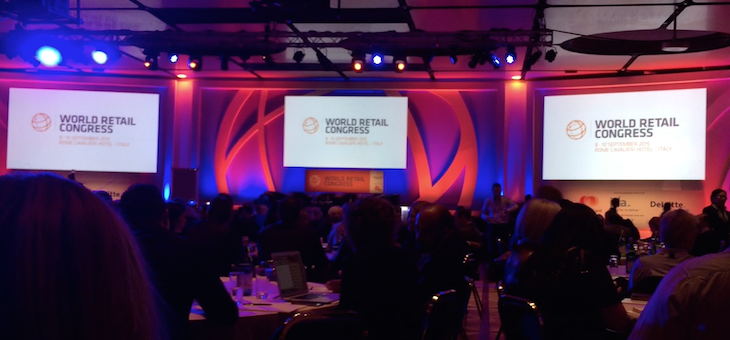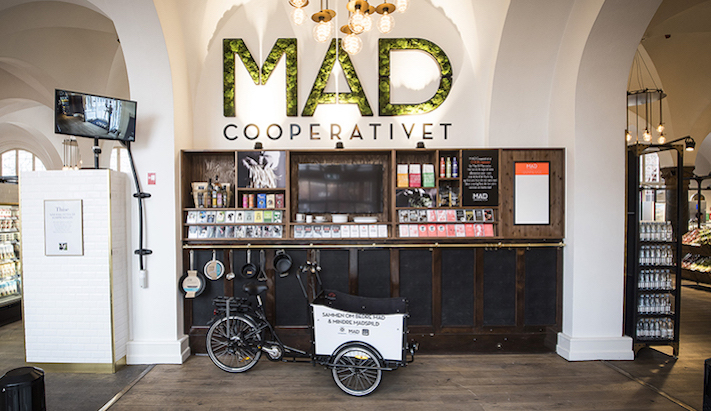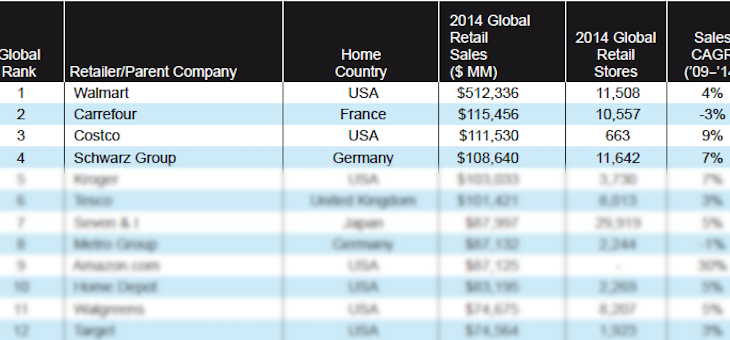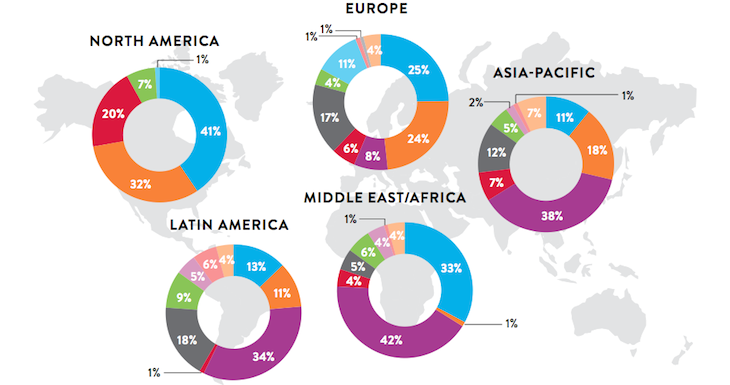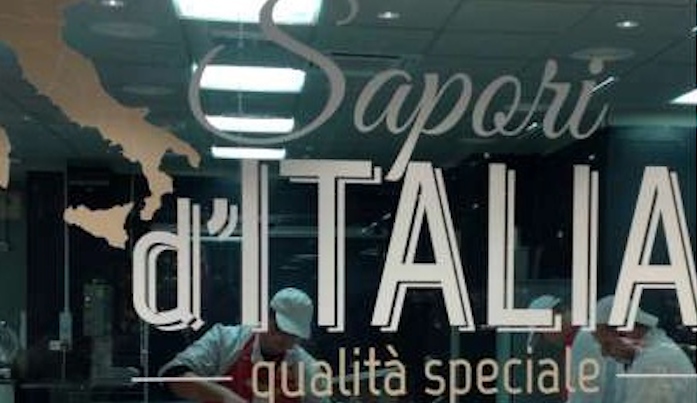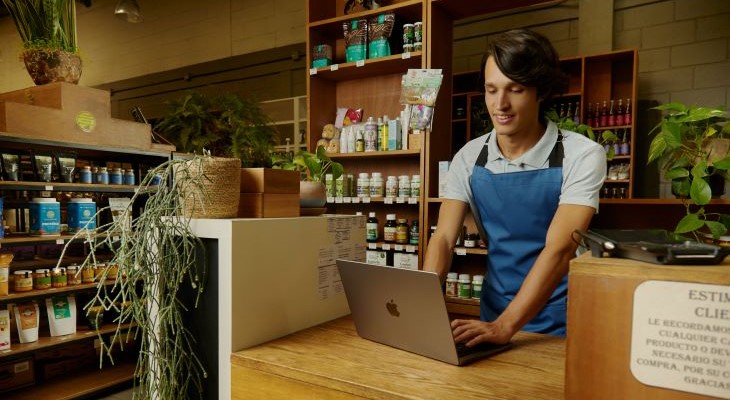A future of digital payments, which will see the smartphone taking on an increasingly important role. That’s the forecast of Carlos J Menendez, President Enterprise and Growth Partnership at MasterCard. While mobile shopping, transportation and restaurants seem to be at the forefront of the new wave of quick and easy payments, supermarkets are far from being excluded. Payment is contactless already on a daily basis in Australia, Canada and Poland. Because “new” shopping is more frequent, the cart is smaller and customers short of time want it to be even faster. Hence, having overcome the security concerns, the demand for time saving solutions. And the younger generation is the first to request it.
Also in Italy, which has always had a very high density of mobile phones and smartphones but with one of the lowest uses of digital payments in Europe, the consumer seems ready. From the Mastercard survey on the analysis of social interactions, Italians particularly show their appreciation for digital payments when the shopping experience concerns consumer technology (99%), travel (98%) and fashion (97%). The most discussed topic is the convenience of digital payments (34%), followed by the possibility of obtaining benefits and additional services (29%) and by customer service (14%). According to Fabrizio Burlando, Head of Europe Mastercard “we must explain to the consumer what are the advantages of using the card. Today there are 250 thousand contactless cards on the market but in fact, compared to other European countries, we have skipped a generation in terms of use of digital payments. A delay that could be bridged thanks to the use of mobile payments, given the great national affection towards smartphones and the like”.
Relying on this and to further drive use, especially by small shops, Mastercard has chosen Italy for the launch a new service, Local Market Intelligence. Presented at the World Retail Forum 2015, it provides a geolocalised analysis of competitor data “because the benefits of digital payments on the retailer side may not be immediately obvious, but they are there, for example, in terms of analysing customer data, useful for repositioning the offer where necessary and better following the market” explains Burlando. Local Market Intelligence is a platform that allows a better understanding of business performance through data analysis, processed in anonymous and aggregate form, enabling the transformation of big data into information useful for businesses. The analytics used by the platform analyse the transactions made with credit cards in urban areas that represent a temporal, geographical and product category benchmark, providing SMEs with information essential to better understand the market and improve their business strategies.

